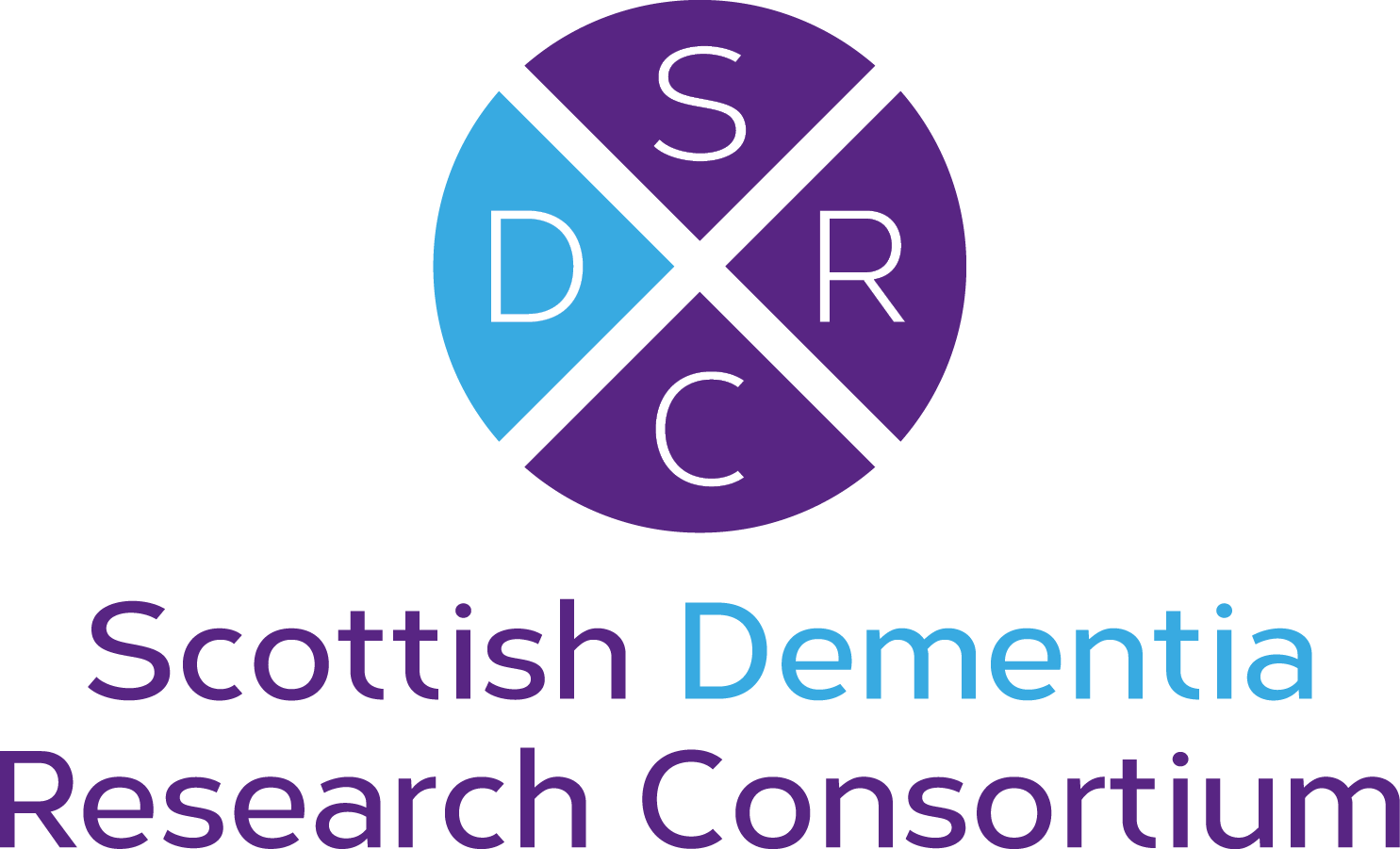This week, the SDRC are publishing a series of blogs to PhD Students/ Early Career Researchers that were featured in the SDRC Annual Report 2019/20. Today’s blog is from Juan Varela from the University of St Andrews
My academic background is a mixture of physics, nanomedicine and neuroscience. I was initially trained in experimental physics in Uruguay and did my PhD in nanomedicine in Ireland. I am now a Principal Investigator at University of St Andrews, funded by a European Research Starting Grant.
As my interest in neuroscience became stronger, I moved to France with a Marie Curie fellowship where I developed new strategies to study living brain tissue at the nanoscale. I subsequently took up another post-doctorate role in Cambridge working on optical methods to study protein aggregates involved in Alzheimer’s disease and Parkinson’s disease. In 2018 I started my own laboratory in St Andrews.
My lab studies the way small protein aggregates involved in neurodegeneration are cleared from the extracellular space of the brain, as well as the interactions of these aggregates with receptors in neurones. Understanding the basic physiology of the extracellular space of the brain has been very challenging due to the lack of biophysical methods able to study such a complex space shaped at the nanoscale. It is for this reason that we are developing new optical methods that are suitable to undertake these challenges.
I aim to understand how the extracellular space of the brain influences the development of neurodegenerative diseases. Once we understand the basic physiology and what goes wrong in neurodegeneration we will be able to design strategies to improve clearance of toxic protein aggregates that induce neurodegeneration.
The SDRC want to celebrate as many ECRs as we can- if you want to write a blog for us, please get in touch. Follow us on Twitter so you can keep up to date with the series.
